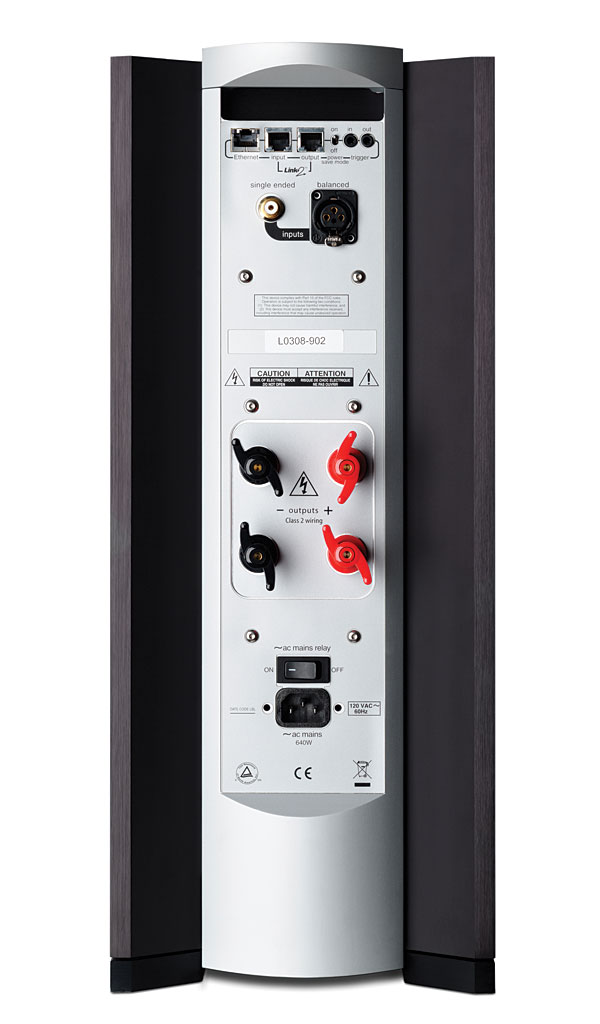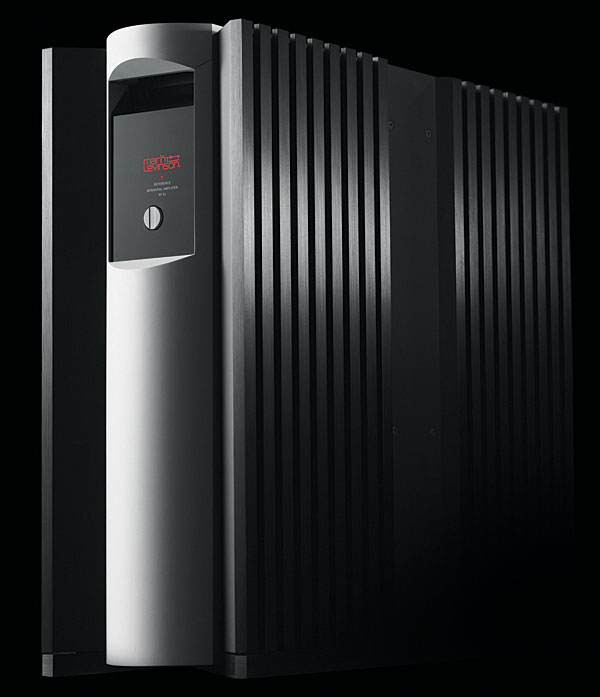| Columns Retired Columns & Blogs |
Many may find Mike's less than stellar review a surprize , not me , I found his sonic discription about on par with mine , and thats coming from a guy thats on his third generation of Levinson amps.
Mark Levinson needs to go back to the drawing board on this one.










































